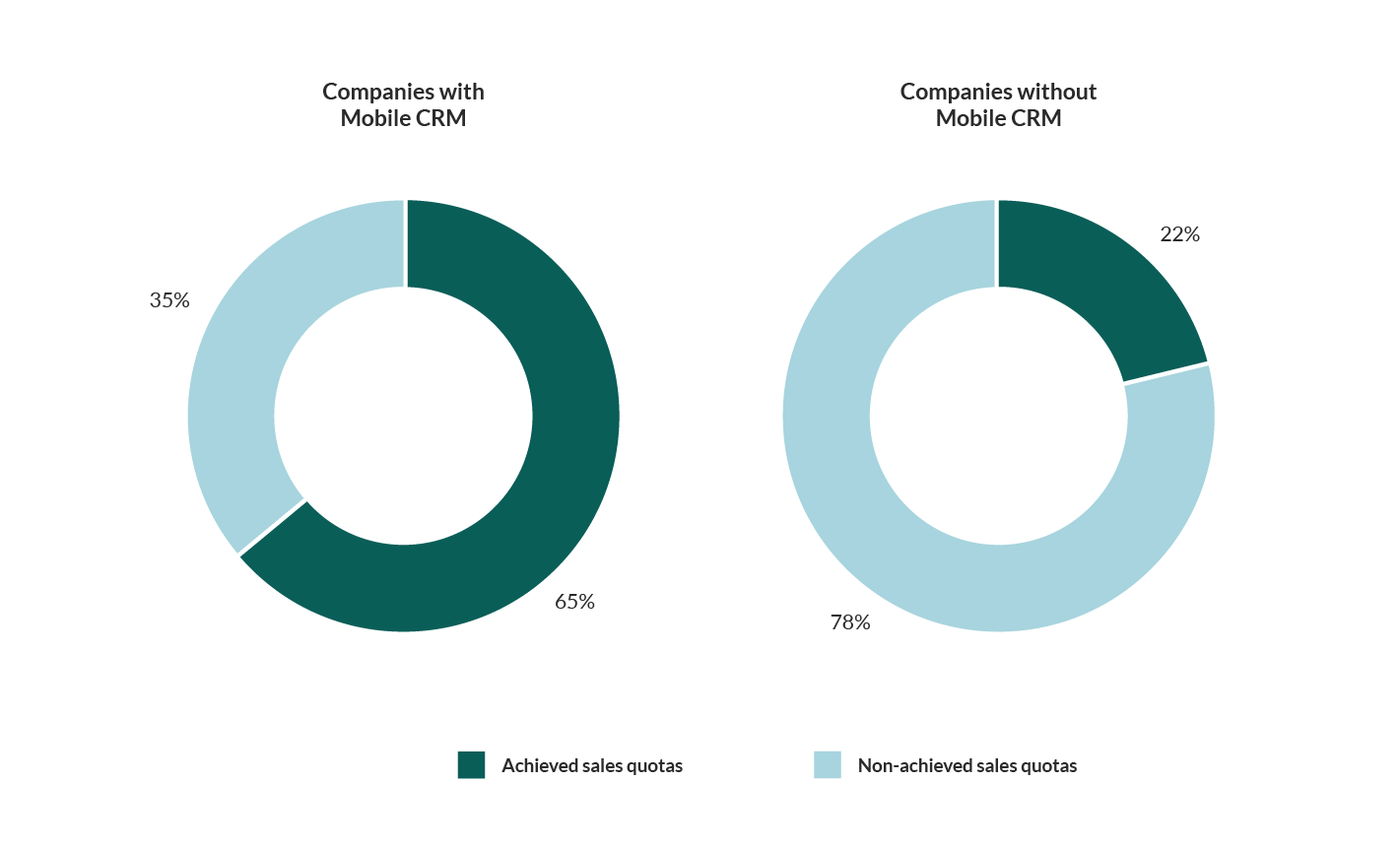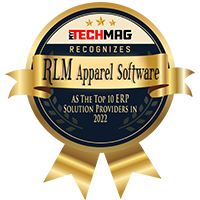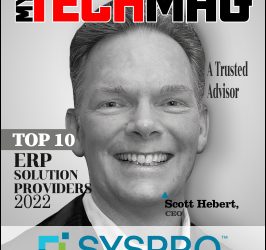Many consider Enterprise Resource Planning (ERP) to be a ‘trending’ phrase at the moment. What the general public fails to understand, though, is that ERP applications will form the foundation of almost all organizations five years from now.
Before diving into the meat of the article, a basic definition of the concept must be put forward.
ERP refers to the consolidated management of primary business tasks and processes by real-time software applications and technology.
Whether it’s the collection, storage, or even the interpretation of the presented information, ERP applications essentially do it all. Think of it as a virtual butler for your company. That’s the simplest way of putting it.
Now, there are a few things you need to consider while integrating such applications into your organization. That, however, is a topic for later discussion. For now, it’s crucial to look at the role of ERP in business organizations.
Read on to know more.
The Roles and Responsibilities of ‘Enterprise Resource Planning’ in Businesses
Making a comprehensive list that examines ERP functionality is a challenging task. That’s primarily due to how nuanced these functions are.
Every organization uses a different set of programs for numerous reasons. That’s the first thing you need to understand about ERP solutions. It is business-specific. However, the purpose behind the usage can be broadly classified into a few categories.
1. Simplifying Data for Enhanced Customer Service
 Source: FinancesOnline
Source: FinancesOnline
Studies show that 33% of individuals consider it terrible customer service when they have to repeat queries to multiple representatives.
The only way to distinguish yourself in an industry with similar competing products is to have exceptional customer service. The issue, however, is that many organizations do not realize the importance of centralizing their customer support initiatives.
ERP systems can help in this regard by providing detailed insight into consumer behavior.
How long is somebody engaging with the site? How did they get there in the first place? Are they browsing through particular products extensively?
All of these questions can be answered by relying on ERP in business procedures. In doing so, you can channel all the gathered information into building tailored consumer support systems.
For instance, if there has been an increased number of queries regarding a specific service, you could release a detailed guide based on the demand.
2. Easing the Burden on the Human Resources Department

Source: 5Minutesseo
An organization’s general atmosphere or culture relies heavily on its HR department. That said, one of the primary challenges that all HR departments face is employee retention.
A recent global study puts the number of employees considering resignation at 41%. A majority of these employees fall between the ages of 18 to 25 years.
With such a significant issue to deal with, an organization’s HR department cannot afford to be distracted by other demands. Yet, almost all HR executives find themselves manually dealing with resource-intensive and transactional tasks daily.
Some examples of these objectives include the following:
- Payroll or monetary compensation
- Employee attendance management
- Performance evaluation
These objectives, without reservation, need to be streamlined. With the help of ERP solutions, an organization can automate these tasks entirely. That leaves the HR executives free to focus their efforts on employee growth and retention.
3. Centralizing the Customer Relationship Management Process

Source: SuperOffice
Customer Relationship Management (CRM) is often misconstrued as customer service. While both concepts are centered around bringing value to the consumer, there is a world of difference between the two.
CRM is tied to managing customer data and its use in operational activities. As opposed to this, customer service is related to resolving consumer queries and concerns.
As such, ERP systems with integrated CRM tools can centralize the back-and-forth between an organization’s employees and its consumers. The process can include:
- A centralized network that hosts information on purchase orders
- A database that tracks sales and alerts employees of any potential opportunities for the same
- Consolidation of consumer information for marketing research and promotional campaigns
Thus, incorporating ERP in business operations aligns consumer-centric information with organizational functionality. That, alone, helps streamline the entire customer management process.
4. Providing a Single Database for Client Projects

Source: Finances Online
There are several factors that come into play when determining the success of a project. One of them is related to the establishment of a comprehensive database for project information.
Often, though, the exact opposite happens. Project data gets scattered across multiple departments. For example, billing and expense reports get sent to the accounting department, while operational details remain with the executive representatives.
Implementing ERP in business management brings all these project details into a single database. That accomplishes two things:
- Departmental transparency in terms of allocated tasks
- Automated tracking of project status, including aspects related to milestone accomplishments
With these things in hand, an organization can substantially reduce any redundancies in project management. Everything, from balance sheets to project goals and costs, is available simultaneously across all departments.
5. Negating Risks Around Supply Chains in the Manufacturing Industry

Source: FinancesOnline
For companies in the manufacturing industry, ensuring a smooth supply chain is paramount. The only way to do that is to have access to real-time analytics tools and information.
After all, running low on inventory and being forced to look for solutions is not conducive to effective business operations.
To combat this issue, organizations can opt for a Material Requirements Planning (MRP) tool when considering ERP in business planning. All the related data, then, becomes easily accessible. To put it briefly, an ERP platform does the following for supply chain management:
- Oversees current inventory, purchasing information and future payments
- Alerts an organization to any currency devaluation or changes in import/export policies
- Evaluates compliance with standard manufacturing regulations and laws
- Enables immediate action by supplying real-time reports when there is a critical material shortage
ERP solutions, in no uncertain terms, minimize the risk of your business operations coming to a halt due to supply chain issues. Moreover, this centralized database on supply chains is not limited by geographical factors.
Essentially, data is aggregated globally and then the appropriate information is presented for maximum efficiency.
6. Streamlining Financial Operations and Activities

Source:s Synconic
All organizations strive for transparency and simplicity in their financial processes. As such, a primary function of ERP in business organizations is to enable greater control and oversight over financial data.
This is apparent in how such applications organize business expenditures in immaculate, segmented modules. That’s not all. Several tasks, such as accounting and financial reporting, become automated processes.
This reduces the possibility of any human inaccuracy and improves departmental efficiency. Moreover, due to all the data being hosted in a centralized cloud, organizations become less dependent on legacy systems.
Besides promoting transparency between an organization and its employees, an ERP system also familiarizes clients with sectional project expenses. This, consequently, leads to a better business-client relationship.
Frequently Asked Questions about ERP Systems
1. How do you successfully implement ERP applications in an organization?
Ans: Determining how beneficial an ERP platform has been for your organization is simple. You only need to gauge whether the platform has helped increase your ROI by focusing on specific objectives.
When integrated successfully, the result of that examination will be positive. As such, you need to do the following to ensure a smooth implementation process:
- Carefully assess organizational goals and procedures and match the ERP solution to it
- Document company interactions and how the selected system is used
- Establish a team responsible for the challenges that come with such systems, including re-training employees and resolution of software issues
- Cleanse legacy system and facilitate the transition of data to the new system
- Consistently monitor the entire transition process to enable quick and responsive actions
2. What are some common challenges faced when transitioning to an ERP platform?
Most businesses share a standard set of challenges when opting for ERP integration. Some of them include:
- Choosing an outdated platform model
- Resisting the new operational changes
- Improper or inadequate research on vendors
- Inconsistent maintenance of the platform
It’s vital to note that any of the factors mentioned above can hamper the effective functioning of an ERP platform.
3. What impact does an ERP system have on organizations?
The entire point behind ERP platforms is to simplify and provide enhancements to business operations. Thus, they do the following:
- Automates and streamlines several business tasks
- Consolidates and provides access to a centralized database of organizational information
- Minimizes redundancies and negates the possibility of human error in daily objectives
In Summary
Five years from now, ERP solutions will be essential for a business to operate smoothly. After another five, these platforms will evolve and take on even more responsibilities. Automation will be the core idea going into the future.
That’s not to say that the future of ERP in business operations spells trouble for the human workforce. That’s not the case at all. Instead, employees will become transformational in their day-to-day activities.
The focus will be on organizational growth fueled by creative planning and strategy. The relentless grunt work, then, will be taken up ERP platforms and, eventually, fade away as background noise.








